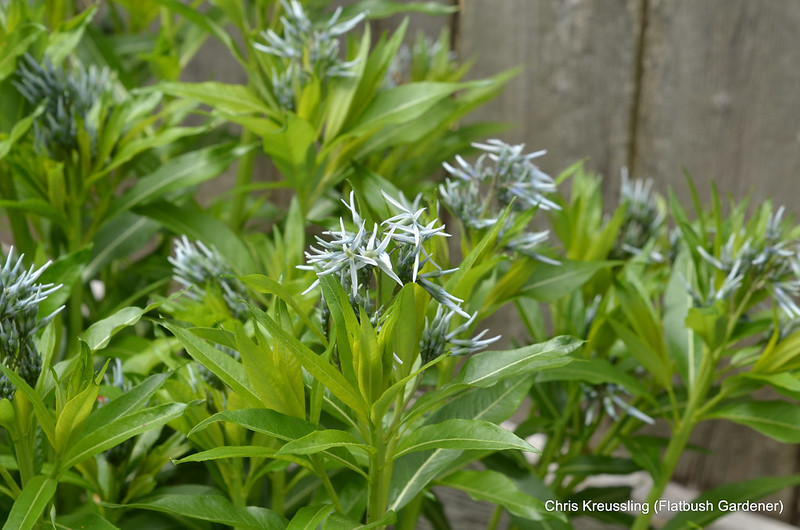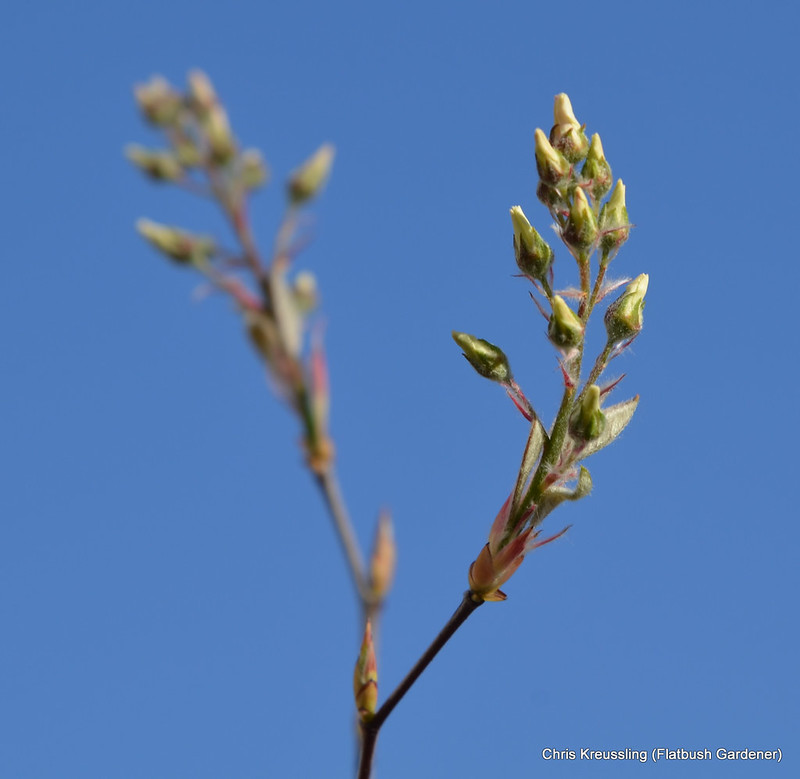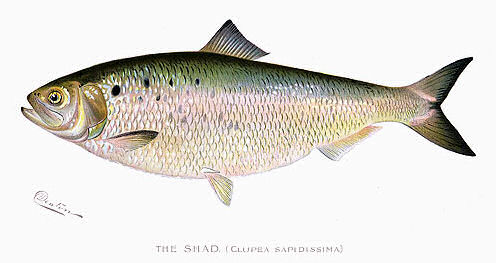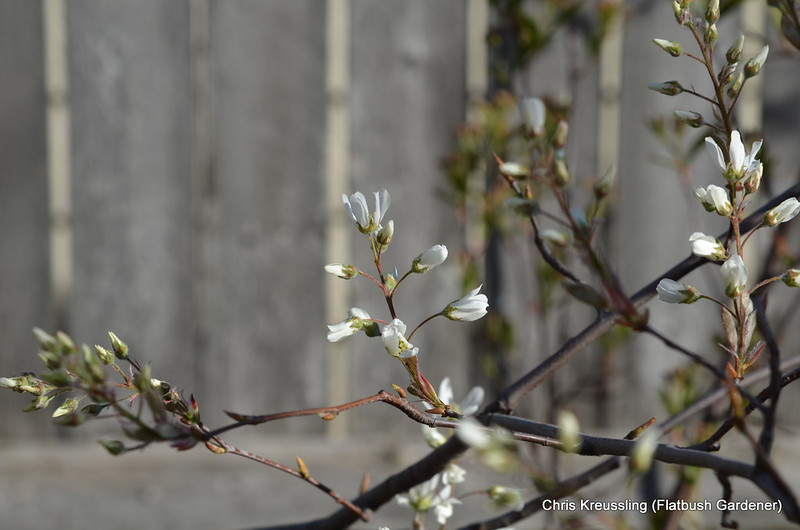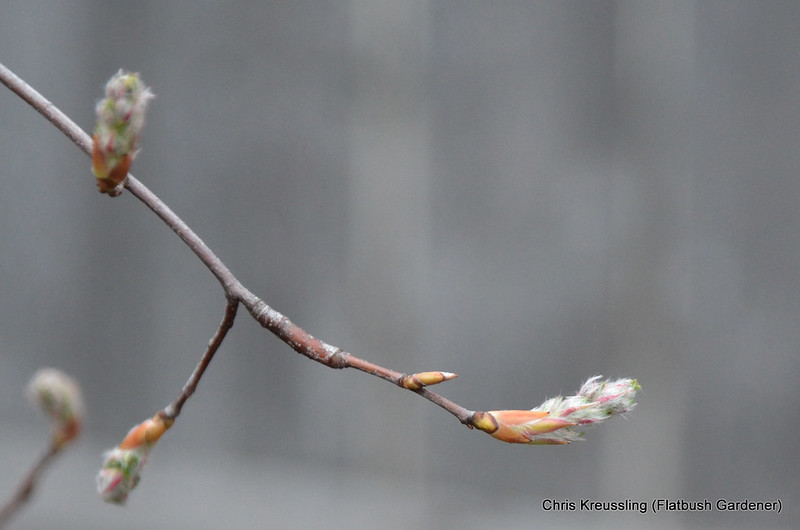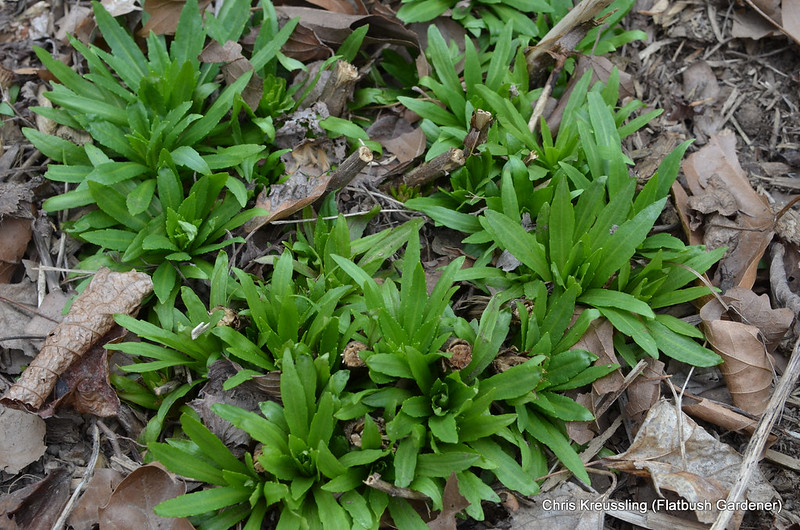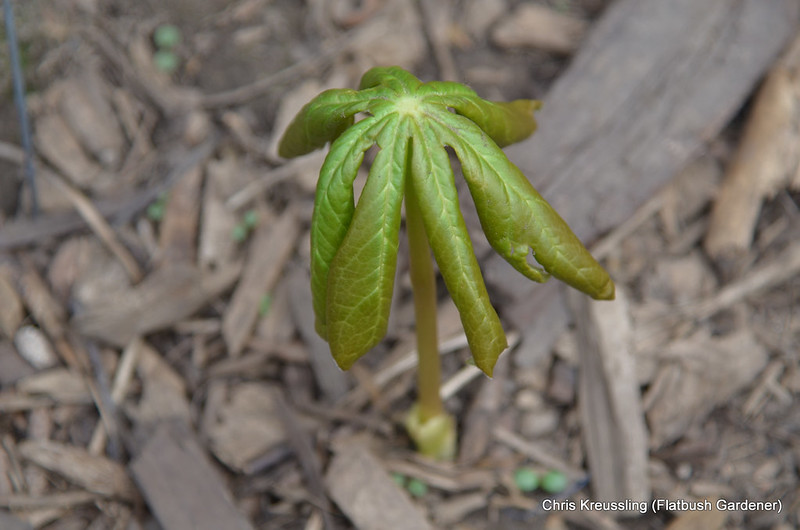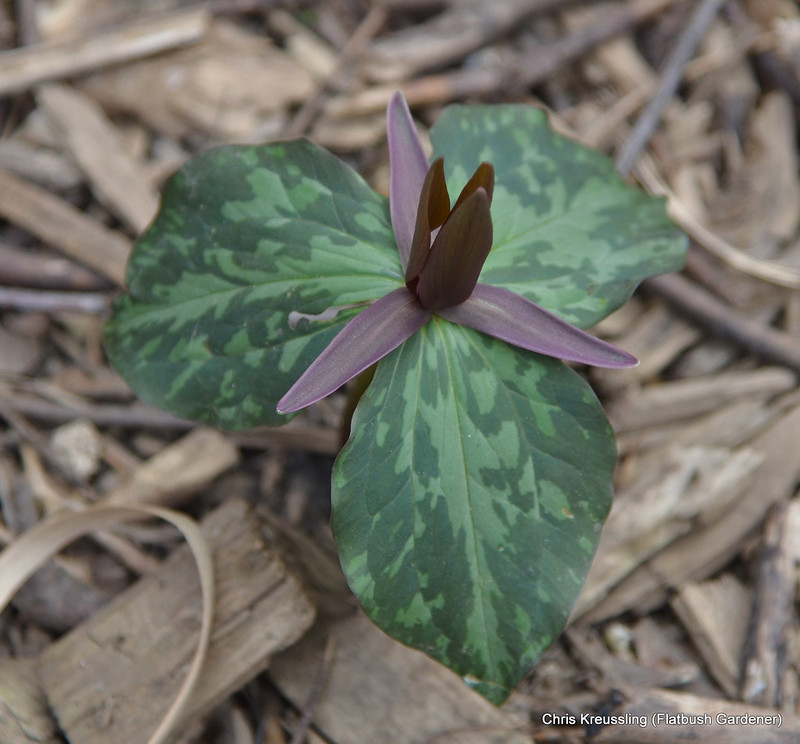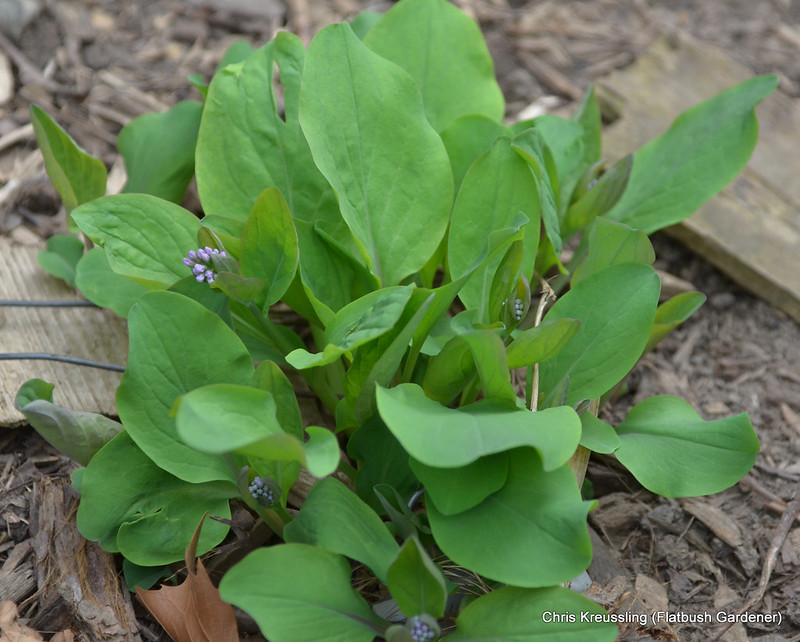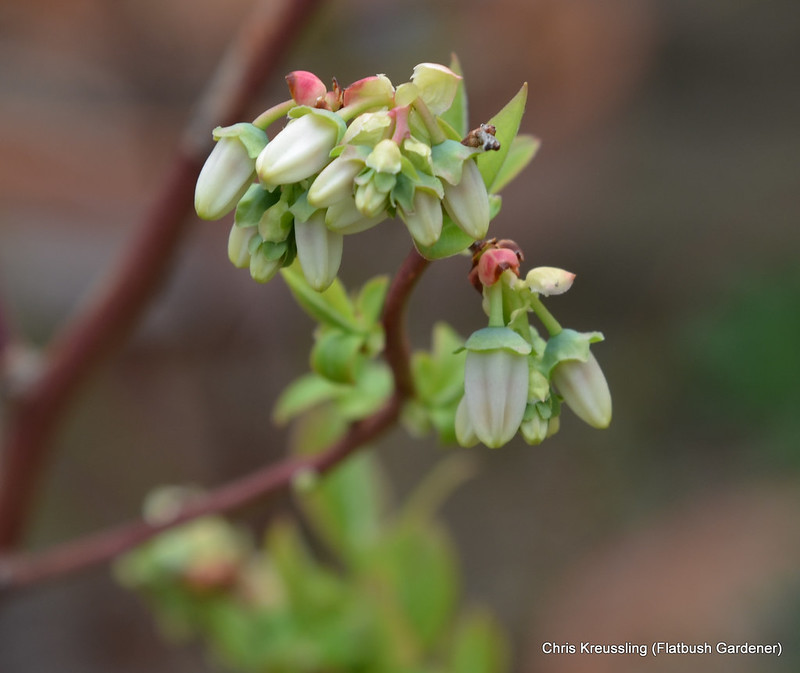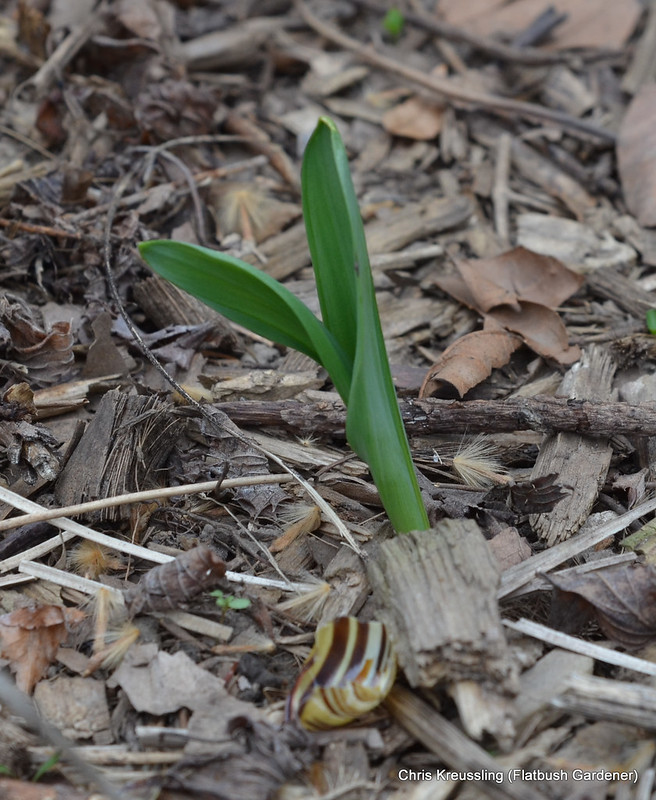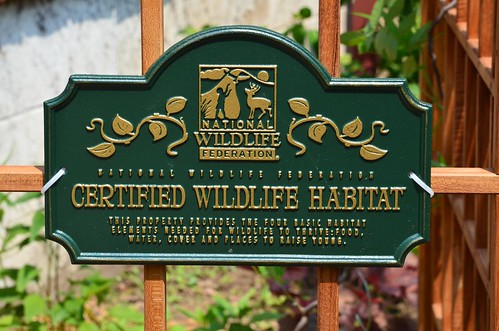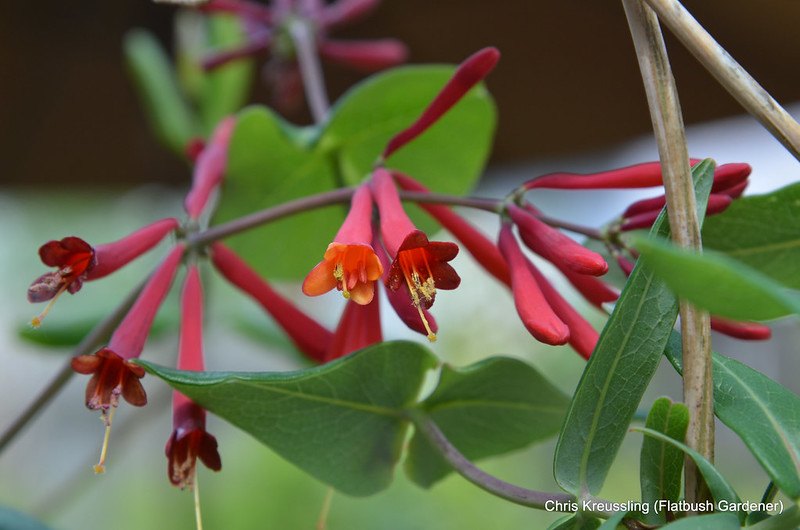
My little urban backyard native plant garden is in its peak Spring bloom:
- Amsonia tabernaemontana, eastern bluestar
- Aquilegia canadensis, eastern red columbine
- Arisaema triphyllum, Jack-in-the-pulpit
- Asarum canadense, wild ginger
- Chrysogonum virginianum, green-and-gold
- Cornus stolonifera 'Cardinal'
- Dicentra eximia, fringed bleeding heart
- Fragaria virginiana, Virginia strawberry
- Geranium maculatum, spotted geranium (just starting)
- Iris cristata, dwarf crested iris
- Lonicera sempervirens, trumpet honeysuckle
- Phlox stolonifera, creeping phlox
- Photinia pyrifolia (Aronia), red shokeberry (just finishing)
- Podophyllum peltatum, mayapple
- Polygonatum biflorum, Solomon's seal
- Sedum ternatum, woodland stonecrop
- Tiarella cordifolia, foamflower
- Trillium (various)
- Vaccinium angustifolium, lowbush blueberry
- Vaccinium corymbosum, highbush blueberry
- Viola sororia, dooryard violet, common blue violet
- Viola striata, striped cream violet
- Zizea aurea, golden alexander
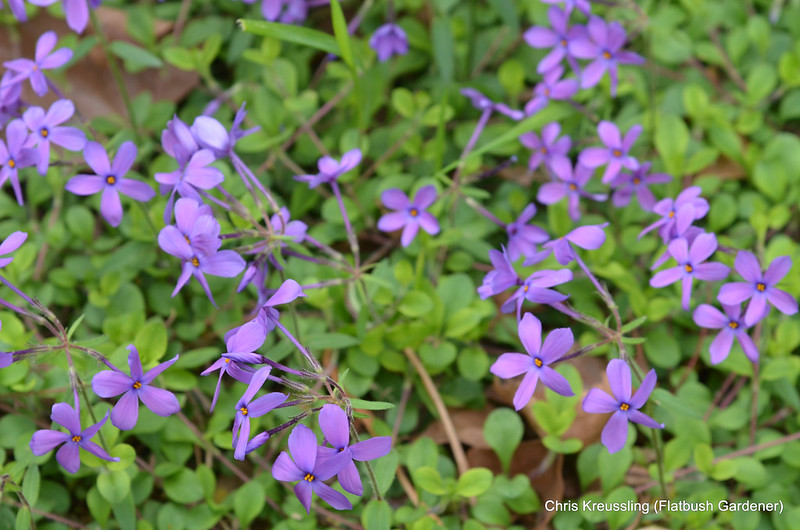
Fragaria virginiana, Virginia Strawberry
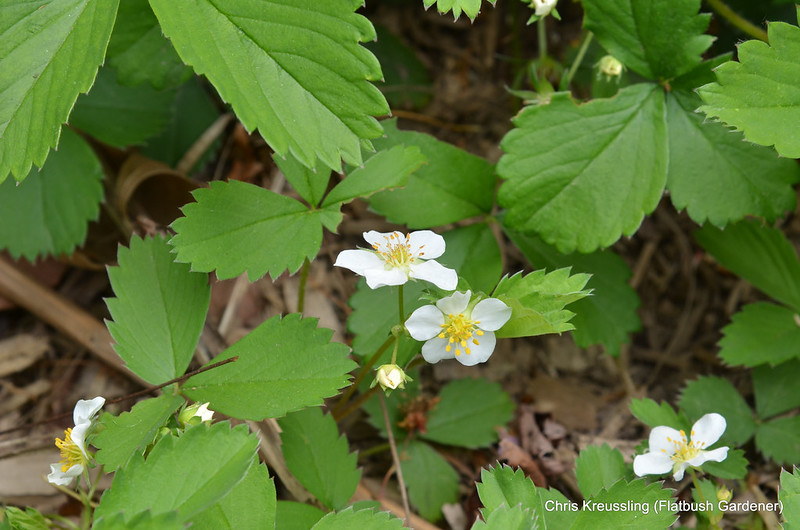
Zizia aurea, Golden Alexander
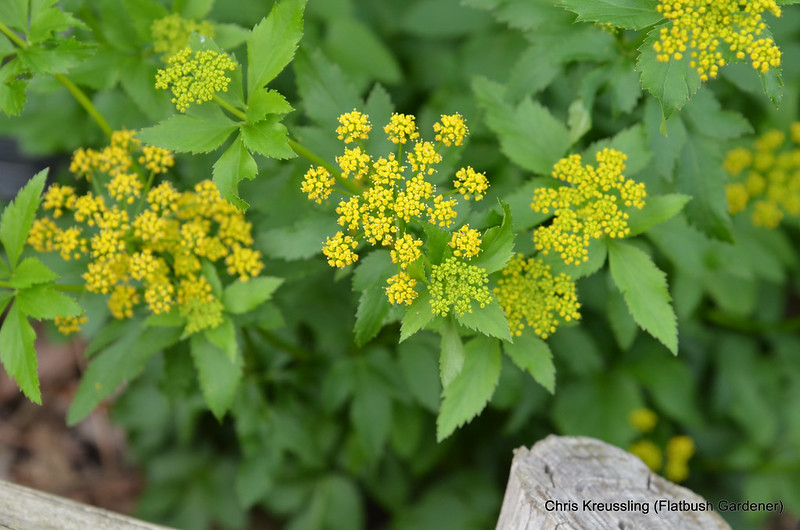
Aquilegia canadensis, Eastern Red Columbine

Vaccinium corymbosum, Highbush Blueberry

Chrysogonum virginianum, Green-and-Gold

Amsonia tabernaemontana, Eastern Bluestar
